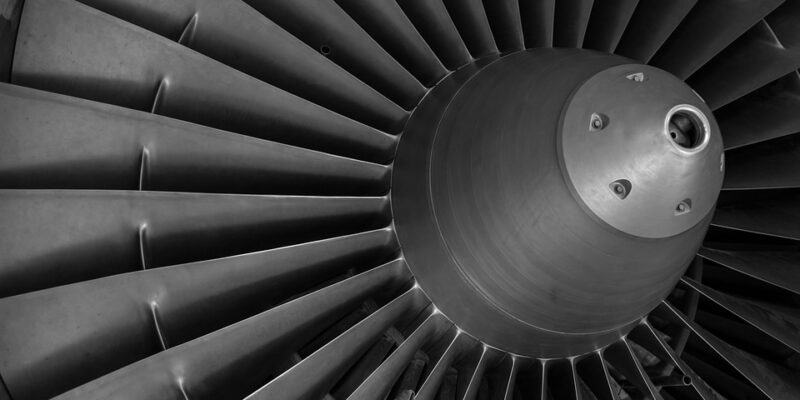Innovative Features of Iray Rendering Engine for Visual Effects
Visual effects play a crucial role in modern filmmaking, video games, animations, and various other industries. The ability to create stunning, realistic, and immersive visuals requires powerful rendering engines. One such rendering engine that has gained popularity in recent years is the Iray rendering engine. Developed by NVIDIA, Iray is known for its innovative features that make it a preferred choice for visual effects artists. In this article, we will explore some of the key features that set Iray apart from other rendering engines.
Physically-Based Rendering
One of the standout features of the Iray rendering engine is its physically-based rendering (PBR) capabilities. PBR simulates the interaction of light with materials in a physically accurate manner, resulting in more realistic and believable visuals. Iray utilizes the principles of PBR to accurately render materials such as metals, glass, plastics, and fabrics, giving them a lifelike appearance.
With PBR, visual effects artists can achieve highly realistic lighting effects, accurate reflections, and precise shadows. This level of realism is essential for creating immersive environments and believable characters in films, games, and animations. The Iray rendering engine’s PBR capabilities make it a valuable tool for artists looking to create high-quality visual effects.
Interactive Rendering
Iray’s interactive rendering feature allows users to make real-time adjustments to their scenes and see the changes instantly. This feature is particularly useful for visual effects artists who need to iterate quickly on their designs and make adjustments on the fly. With interactive rendering, artists can tweak lighting, materials, and camera settings in real-time, saving valuable time and increasing productivity.
The interactive rendering mode in Iray provides instant feedback on changes, allowing artists to fine-tune their scenes and achieve the desired look more efficiently. This feature makes the Iray rendering engine a powerful tool for creating visually stunning effects with minimal effort.
GPU Acceleration
Another key feature of the Iray rendering engine is its GPU acceleration capabilities. Iray leverages the power of NVIDIA GPUs to speed up the rendering process, allowing artists to achieve faster render times without compromising on quality. By harnessing the parallel processing capabilities of GPUs, Iray can handle complex scenes and high-resolution textures with ease, resulting in quicker render times and improved efficiency.
GPU acceleration is essential for visual effects artists working on tight deadlines or large-scale projects. The Iray rendering engine’s ability to take advantage of GPU hardware ensures that artists can render their scenes quickly and efficiently, saving time and increasing productivity.
AI Denoising
Noise in rendered images can detract from the overall quality and realism of visual effects. To combat this issue, Iray incorporates AI denoising technology, which uses artificial intelligence algorithms to remove noise from rendered images without sacrificing detail. AI denoising allows artists to achieve cleaner and smoother images, even when working with low sample rates or complex scenes.
The AI denoising feature in Iray helps to improve the visual quality of rendered images while reducing render times. By eliminating noise from the final output, artists can create more polished and professional-looking visual effects with ease. This feature sets the Iray rendering engine apart from other rendering engines and makes it a valuable tool for artists seeking high-quality results.
Light Path Expressions
Light path expressions (LPEs) are a powerful tool for controlling and fine-tuning the lighting in a scene. Iray provides support for LPEs, allowing artists to define specific light paths and manipulate the way light interacts with materials in their scenes. This level of control is essential for achieving realistic lighting effects and creating visually stunning visual effects.
By using LPEs in Iray, artists can isolate and adjust individual lighting components such as direct illumination, indirect illumination, reflections, and shadows. This granular level of control allows for greater creative flexibility and helps artists achieve the desired look for their scenes. The support for LPEs in the Iray rendering engine enhances its capabilities and makes it a versatile tool for visual effects artists.
In conclusion, the Iray rendering engine offers a range of innovative features that set it apart from other rendering engines in the visual effects industry. From its physically-based rendering capabilities to interactive rendering, GPU acceleration, AI denoising, and support for light path expressions, Iray provides artists with the tools they need to create stunning and realistic visual effects. Whether working on films, games, animations, or other projects, artists can rely on the Iray rendering engine to deliver high-quality results efficiently.
